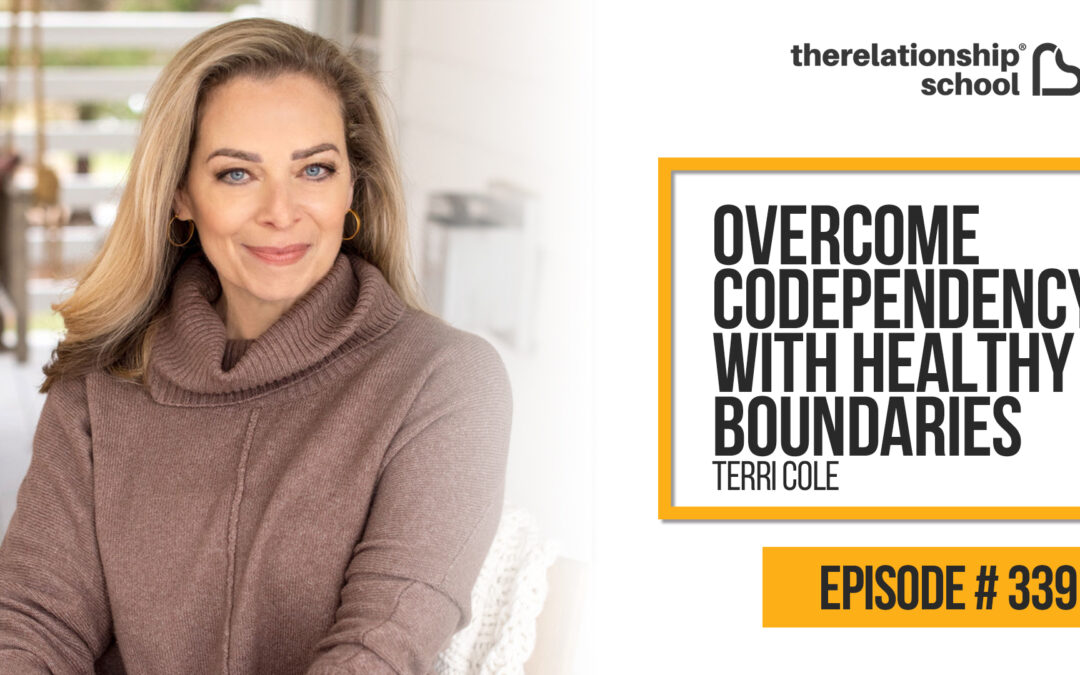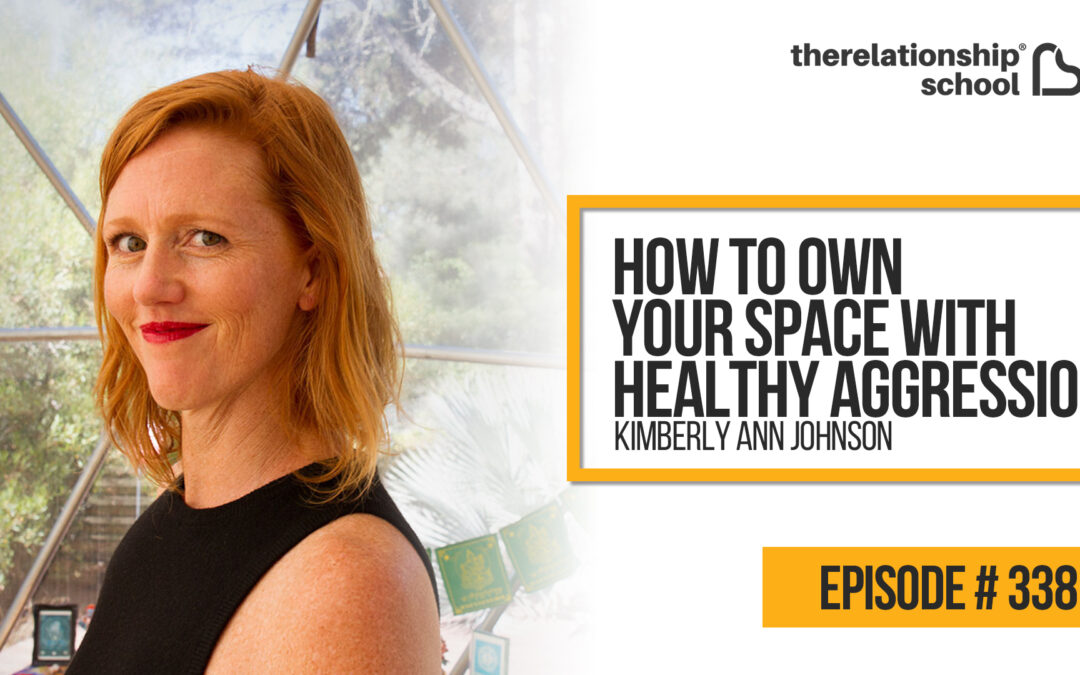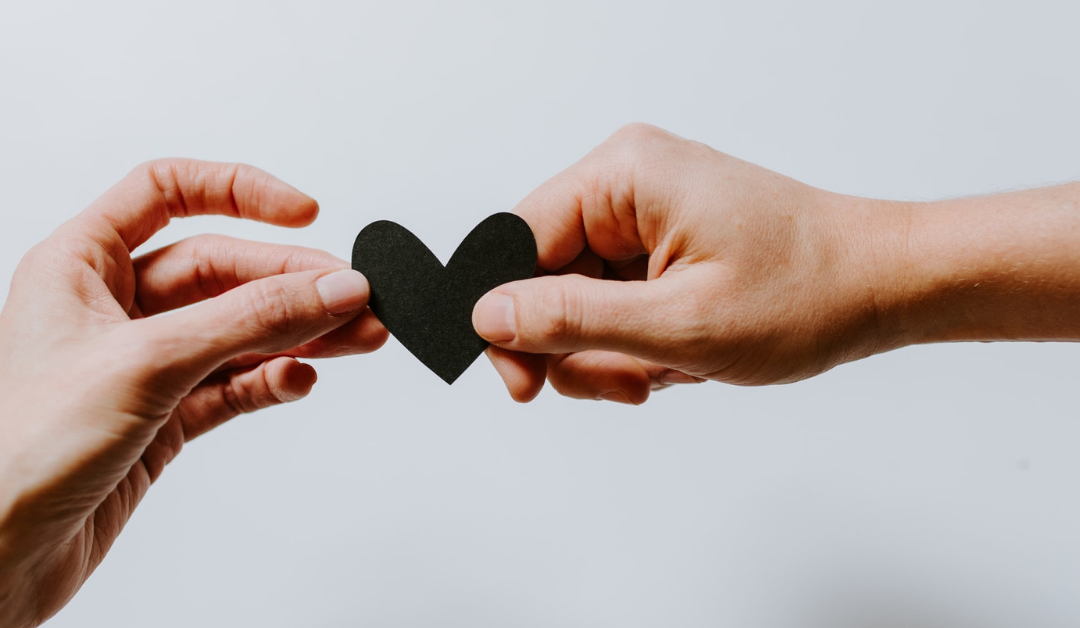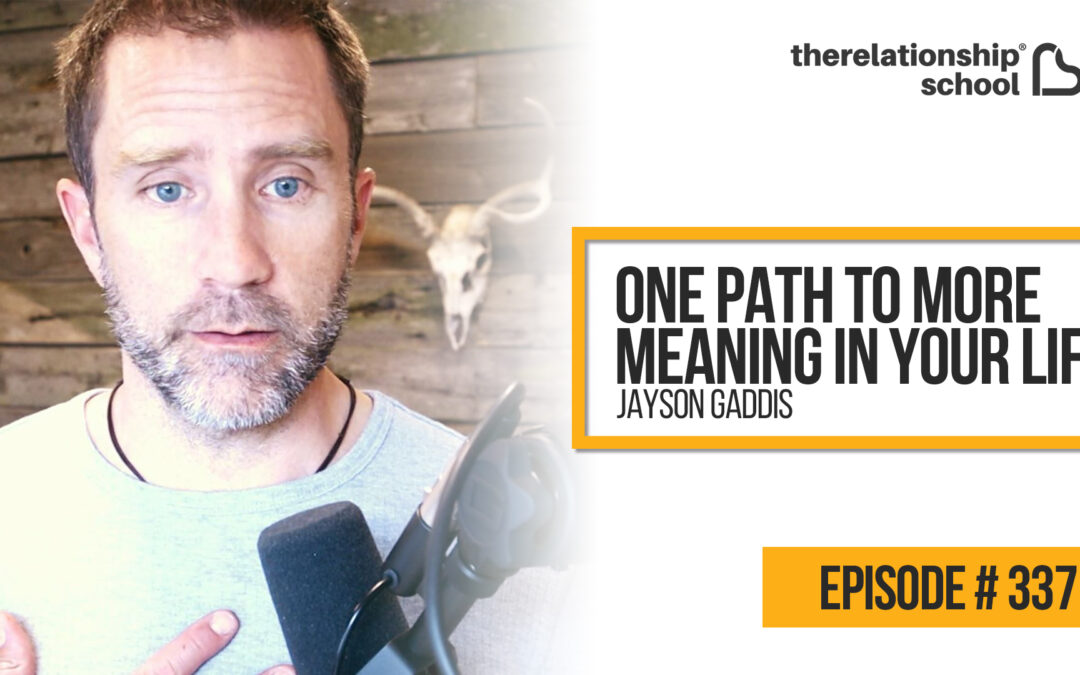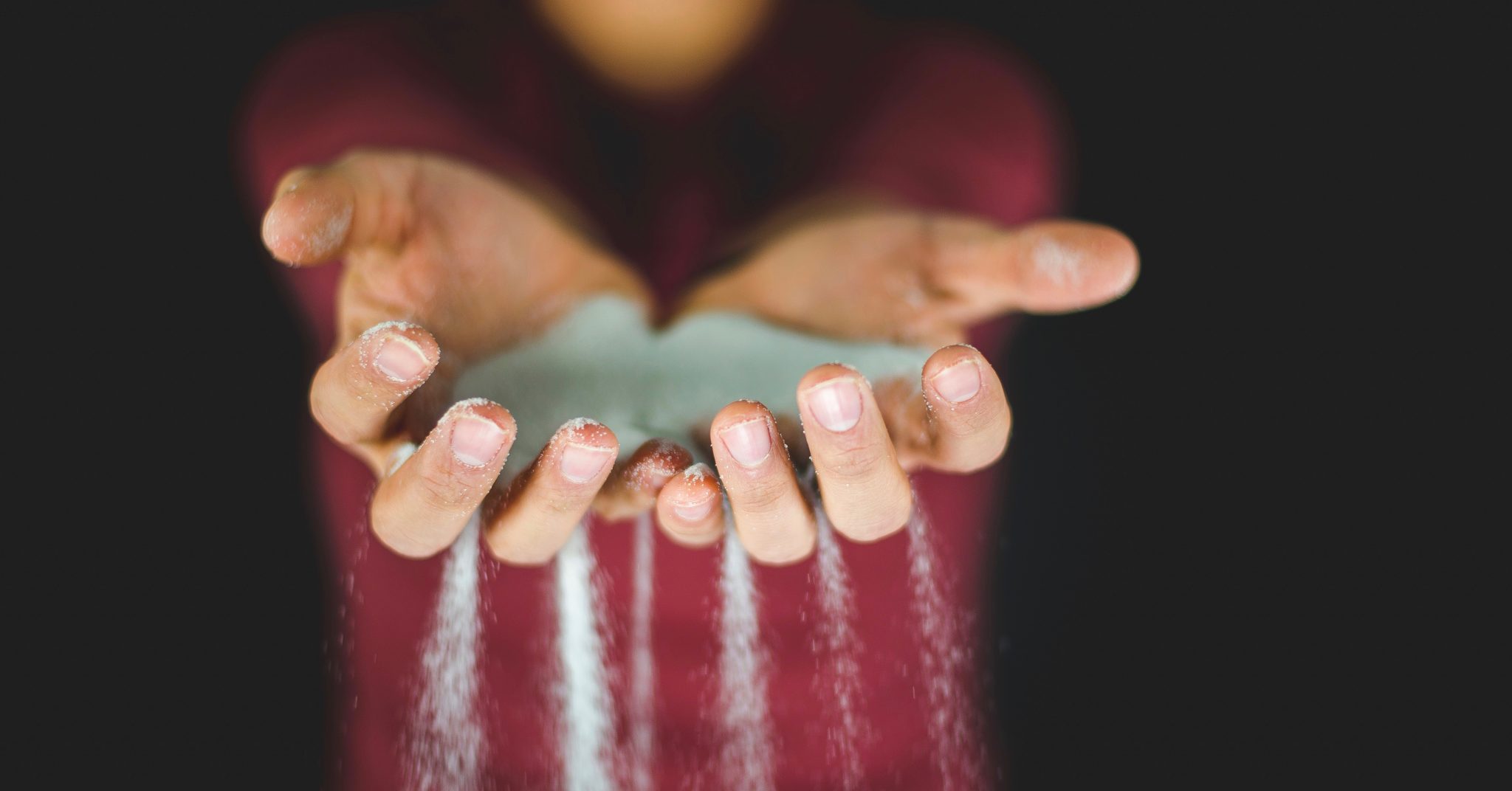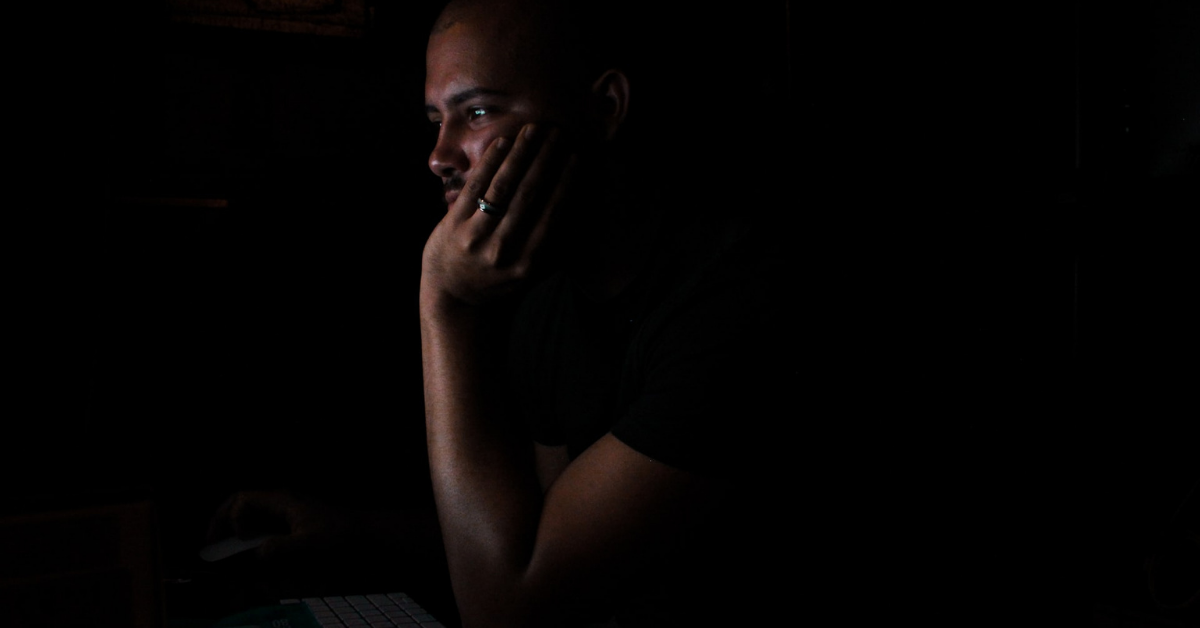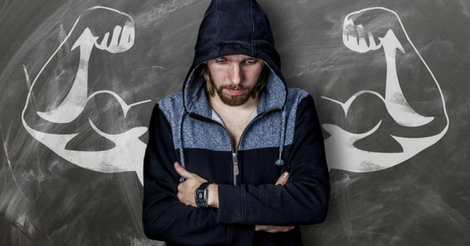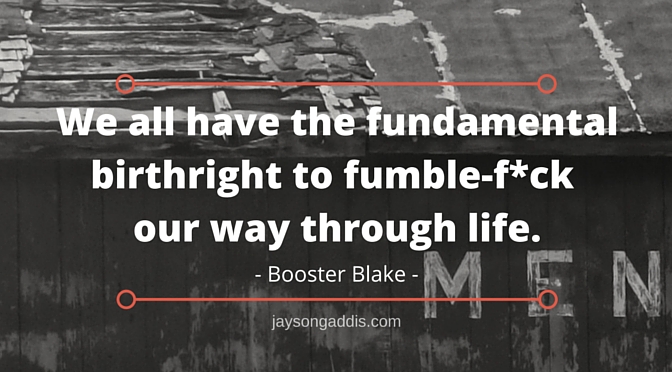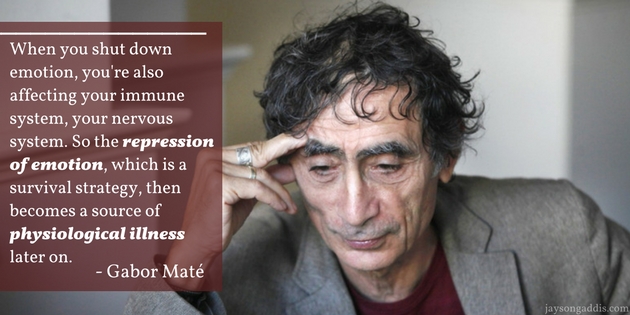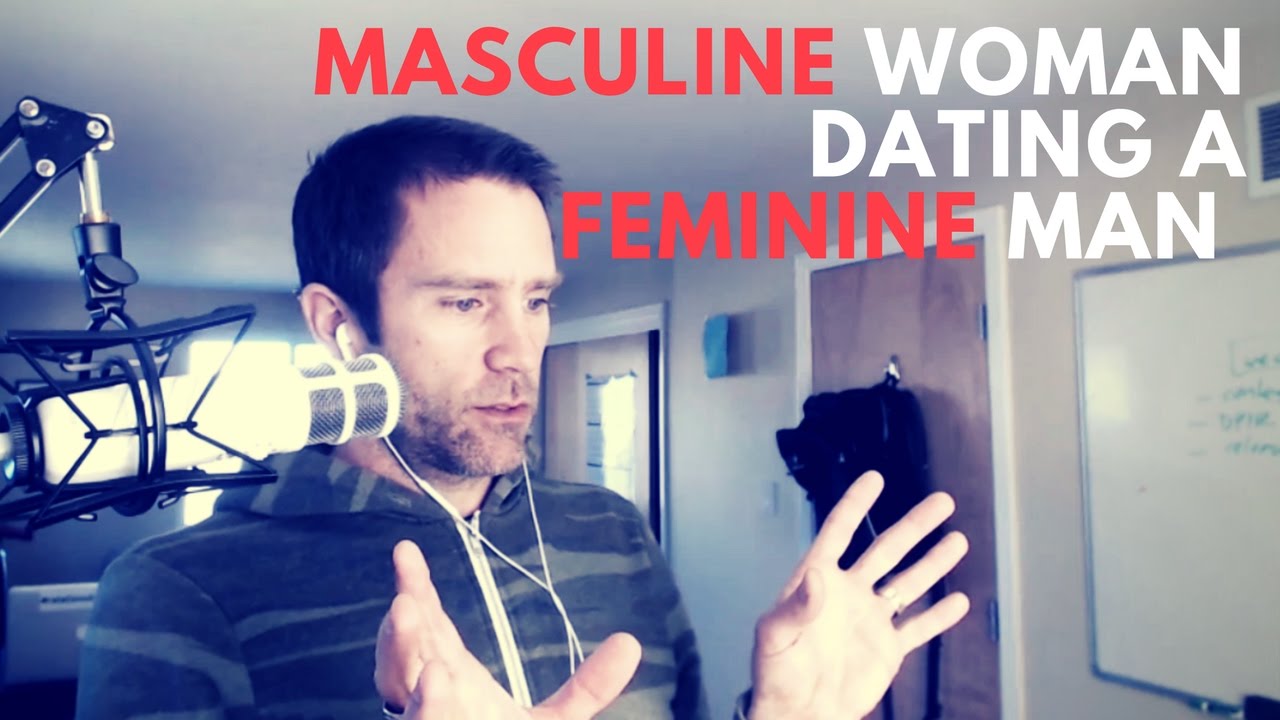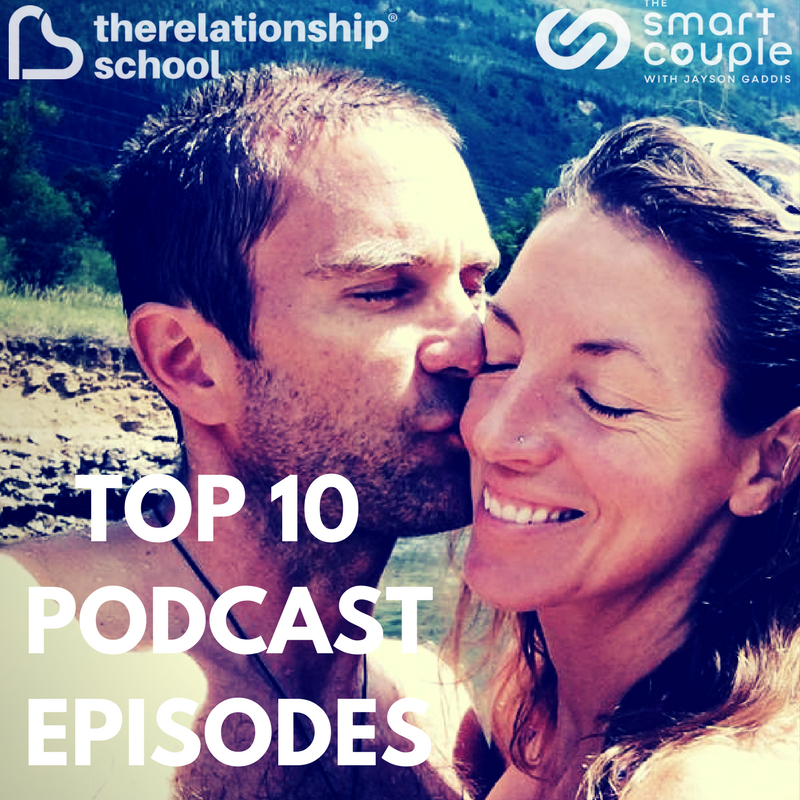Overcome Codependency with Healthy Boundaries – Terri Cole – 339
How do you set healthy boundaries in a relationship?
If you’ve struggled with boundaries in the past (or still do), this episode is for you.
Terri Cole and I talk about the danger of codependency and how you can overcome it by being a “boundary boss”.
They are essential to draw a clear line between what’s ok for you and what’s not. They’re a shield to protect your energy, self-esteem, and well-being.
Without them, you’ll sooner or later feel exhausted, hurt, or even resentful towards your partner (which means a break-up for 95% of relationships).
What is codependency?
A codependent relationship is when one partner is dependent on the other (who also needs to be needed). The codependent’s self-esteem only comes from pleasing their partner, the enabler. Without doing that, they’ll feel unhappy and worthless.
Here’s a list with symptoms. Do you recognize yourself or someone else?
– keeping the relationship alive even though the partner is hurtful
– doing anything to please the enabler (no matter the costs & consequences)
– always feeling anxious because they might not be happy
– not expressing one’s own needs & thoughts because they’re seen as less important
As you may guess, this type of relationship is unhealthy and one-sided. How do they develop?
Codependency is a behavior we learn during emotionally difficult situations in childhood. These can be:
– unhealthy child-parent relationship
– abusive family or relationships
– living with mentally or physically ill family members
As the child experiences these situations, it learns that its own needs are less important because it should care for others instead.
Does that mean codependency is permanent? No, it doesn’t.
As it’s a learned behavior, you’re also able to unlearn it. Terri and I talk about two ways to do so: Boundaries and Mindfulness
You need boundaries in your personal life, as well as in your relationship. They range from emotional ones like what others can say and expect from you to physical ones like who is allowed in your personal space.
In her new book „Boundary Boss“, Terri shows how to set healthy boundaries in a relationship without feeling guilty or shameful. And in today’s episode, she shares useful techniques as well as her own experience as a recovering codependent person.
Among other things, she reveals her method to avoid giving an „instant yes“ when confronted with an urgent matter. If this is something you could use, this episode is gold for you.
Low self-esteem is one of the main factors leading to codependency. Because you’re not able to accept yourself, you have to depend on your partner’s love to do so.
Practicing mindfulness helps you to overcome this and cherish yourself as you are. You’ll learn to love yourself and thus won’t depend on romantic partners anymore for their love.
Deeply knowing yourself is a great way to start the healing process.
Become aware of how your past childhood experiences may still affect you today. But instead of feeling angry, sad, or resentful, be compassionate with yourself.
You’ll prove yourself you’re worthy and your needs are worthy to be met. Your inner child will heal.
Terri shares plenty of useful tips on how you can work on your mindfulness to become a happier person. Not only in your relationship, but in general.
If you want to find out Terri’s tips and how to become a boundary boss yourself, listen here:
Shownotes:
- 4:00 The relationship between codependency and boundaries
- 8:40 High-functioning codependency vs regular codependency
- 11:20 The cost of high-functioning codependency
- 20:10 Codependent Relationship dynamics
- 26:20 How to overcome codependency by setting boundaries
- 35:40 Action Step
Useful Links:
- https://boundaryboss.me/
- https://boundaryboss.me/jayson
- Accepted and connected event
- http://relationshipschool.com/training
- https://relationshipschool.com/lytyoga

